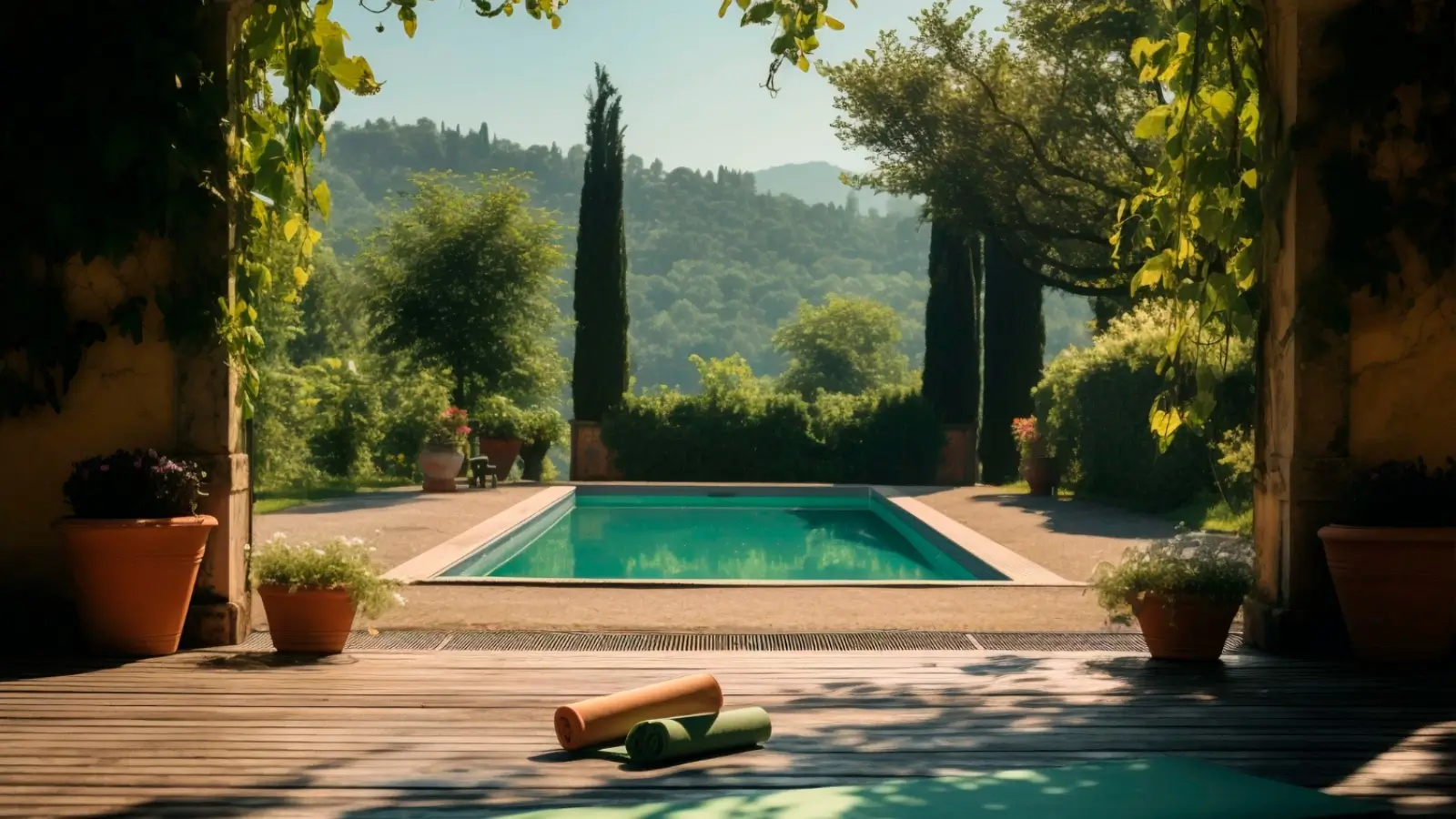


With the rising popularity of compact and versatile water features, many homeowners are considering installing a plunge pool in their backyards. These pools offer a refreshing retreat without requiring the space or maintenance of a full-sized swimming pool. This guide will help you navigate the myriad decisions involved in selecting the ideal plunge pool for your needs.
Plunge pools are small, deep pools designed primarily for relaxation and cooling off rather than swimming. Their compact size allows them to fit into smaller backyards, yet they offer all the benefits of a traditional swimming pool, including enhanced aesthetic appeal and increased property value.
One of the key advantages of a plunge pool is its space efficiency. Ideal for urban environments or modest-sized gardens, these pools provide a refreshing escape in less space than a larger pool would require. Moreover, they typically demand less maintenance, making them a practical, cost-effective option for many homeowners.
Positioning your plunge pool correctly is essential for maximising its benefits. Consider factors like sunlight exposure, accessibility from your house, and integration with existing landscape features. A well-placed pool will not only provide an enjoyable cooling area but will also enhance the overall aesthetic appeal of your yard.
The material of the plunge pool is crucial as it affects the pool's durability, cost, and maintenance needs. Common materials include fibreglass, concrete, and vinyl-lined options. Fibreglass requires minimal maintenance; concrete offers customisability; and vinyl is often the most economical choice.
While plunge pools come in various shapes and designs, choosing one that complements your backyard's aesthetic is vital. Square, rectangular, and circular designs are popular, each offering unique advantages. The right design will depend on personal preference and the specific requirements of your space.
The depth and dimensions of your plunge pool should reflect its intended use. For relaxation, a depth of 1.2 to 1.5 metres is typically sufficient. If you desire features such as water jets or seating arrangements, these should be accounted for in the planning stages.
Although plunge pools are generally used for cooling off, adding a heating option can extend their usability throughout the year. Gas, electric, or solar heaters can keep the pool comfortable during cooler months, offering a year-round retreat.
Water features such as jets or fountains can enhance your plunge pool's appeal and create a more dynamic water environment. These features not only improve aesthetic value but can also add to the therapeutic benefits of your pool.
Regular maintenance is crucial for ensuring the longevity and quality of your plunge pool. This involves tasks like cleaning filters and checking chemical levels. Since plunge pools are smaller, these tasks are typically more manageable than for larger pools.
Understanding the costs associated with purchasing and installing a plunge pool helps in making informed decisions. Factor in expenses for permits, installation, materials, and additional features. Establishing a detailed budget early can help prevent unexpected expenses later on.
While some homeowners may choose a DIY approach to install their plunge pool, hiring a professional ensures the job is done correctly and safely. Professional installers provide expert advice and handle all aspects of the installation process, potentially saving money and headaches in the long run.
Before proceeding with your plunge pool project, research local regulations and necessary permits. Following guidelines ensures your pool complies with safety standards and avoids potential fines or legal issues.
Incorporating privacy elements, such as fences or privacy screens, into your plunge pool design can create a more secluded and relaxing environment. Consider your neighbours' views and the layout of your backyard when planning these additions.
A plunge pool can be a central feature in your backyard, complementing existing garden features such as decks, patios, or landscaping. Integrating natural elements like plants or stones can blend your pool with the surrounding environment, resulting in a harmonious outdoor space.
Investing in a plunge pool can transform your backyard into a personal oasis. By carefully considering factors such as design, location, and budget, you can select the plunge pool that best suits your needs, enhancing both the functionality and aesthetic appeal of your outdoor living space.